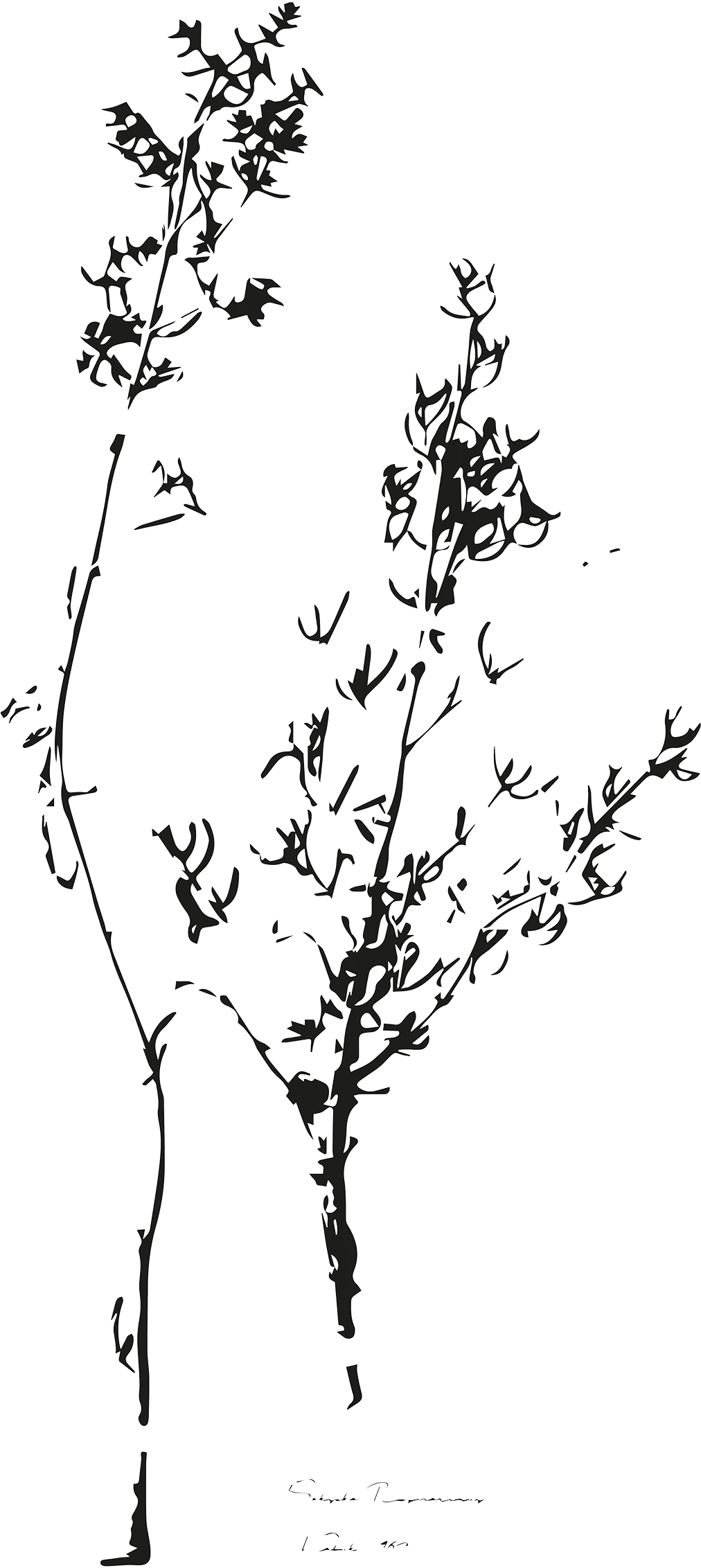GUEST EDIT | SELMA DABBAGH
Selma Dabbagh is a British Palestinian lawyer, novelist and short story writer. Her first novel, Out of It (Bloomsbury, 2011) was set between London, Gaza and the Gulf. She is the editor of ‘We Wrote In Symbols; Love and Lust by Arab Women Writers,’ published by Saqi Books in April 2021 and now available on ISHKAR. She is currently finalising a novel set in Jerusalem in 1936. Selma is on the Advisory Board of the Britain Palestine Media Centre and a collaborator in the PalArt Collective. In 2022, she will start working for the International Centre of Justice for Palestinians.
We asked Selma which ISHKAR pieces are inspiring her this winter. See here selection here:
AFGHAN GLASSWARE
I love patterns and designs that have a hint of asymmetry to them and objects that are slightly misshapen. It is as though the precariousness of their manufacture is revealed through apparent slippage from the original vision. These glasses are new, but their sense is worn, ancient. To look at them makes you want to fill them, hold them, empty them, keep the liquid flowing. The movement of glass from the East to the West and back again is something that mirrors the way I collected stories for my anthology, We Wrote In Symbols, that draws on the idea of the Mediterranean being a ‘sea of stories.’ It could also be viewed as a sea of trade and a sea of glass, with the movement of glass from the Phoenicians to Venice and back, with windows in Venetian palazzos looking across the seas to similar 19th century windows on the Lebanese coast. Pliny the Elder (AD 23-79) gives an account of the Phoenicians discovering glass when lighting fires on the beaches. For exceptional beauty, pleasure and invention to arise craft, skill and hard work are frequently required, but there’s also a need for nature and a degree of accident to play their role.
CHARMAGHZ CASHMERE SCARFS
I rarely go out without a scarf. I also rarely get colds and believe that if my neck is covered, I am protected. So far, so good with that theory. I fold them into bags, cover myself with them in airconditioned restaurants, sleep under them on planes. I am also a bit of a fidget and they provide an extra object I can mess around with, other than my jewellery and hair. On days when the world seems a little cold and overbearing, they form comfort blanket and luxury, a bit of inside to wrap yourself up in outside when going out to face the world. And cashmere, well, what fabric is softer, hangs better, enriches colours more? I also love it when men wear big scarfs. My first winter in Egypt, I was so taken by the men from Upper Egypt wearing long patterned scarves over their gallabiyyas. It seemed like such a beautiful, obvious thing for men to do.
Hand-made, humble, cosy and of a classic design. When I lived in an old house in Jerusalem that was shaped like a little temple, there were alcoves in the walls for rolling the mattresses into during the day. Zena’s blankets remind me of the mattresses. There is something so maternal and snug about them. It inspires similar feelings as the scarves, but for long evenings indoors, writing on my sofa, as I am doing now.

We also asked Selma which side to Palestine she feels is often misunderstood:
Gosh. It’s hard to know where to start with that one. Can I say all of it, but that increasingly the reasons for sustained Palestinian resistance to Israeli apartheid and occupation are becoming understood? Historically, Palestinians were viewed as ‘non-people,’ a dirt on the Orientalist lens when seeking Biblical signs in the Holy Lands and then they were pushed off it. At the time of the biggest expulsion of almost a million Palestinians in 1948, its level of development was not that dissimilar to the rest of the Southern Mediterranean, but the idea that there were Palestinian writers, scientists, businessmen, newspaper owners, doctors with thriving businesses, a defined vernacular architecture and rich agricultural practice, never features. The view is still predominantly of the impoverished collective, ‘maddened by a tragedy they could not fathom,’ as the writer Soraya Antonius once put it. This is being shifted slowly, but surely. Despite their political isolation, Palestinians now have one of the highest rates of education in the world, dominate the sphere of Arabic literature, produce ground-breaking film makers, academics and artists, such as Mona Hatoum and remain steadfast as to their cause. It is perhaps the most tragic nationality one can inherit in the late 20th/ early 21st centuries, but it is also one of the most dynamic.








